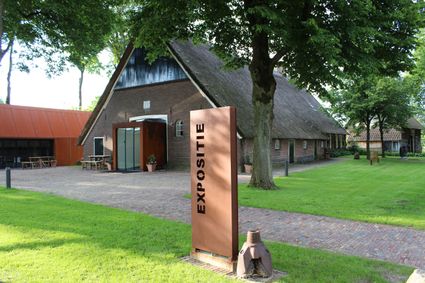Recreatief
52 km
Did you know that Schoonebeek is where black gold was found? The Schoonebekerveld harbours the second largest oilfield in mainland West-Europe. The listed pumpjack in the centre of Schoonebeek is reminiscent of the old extraction technique.
Passing the Dutch-German border heightens your holiday experience. Dozens of active pumpjacks dominate the landscape here. The German village of Emlichheim is beautifully situated along the Vecht. The Low Saxon name Emmelkamp is still used on signposts. This is because there was a time when Dutch was the language spoken in this region.
The route brings you back across the border at Coevor…
Did you know that Schoonebeek is where black gold was found? The Schoonebekerveld harbours the second largest oilfield in mainland West-Europe. The listed pumpjack in the centre of Schoonebeek is reminiscent of the old extraction technique.
Passing the Dutch-German border heightens your holiday experience. Dozens of active pumpjacks dominate the landscape here. The German village of Emlichheim is beautifully situated along the Vecht. The Low Saxon name Emmelkamp is still used on signposts. This is because there was a time when Dutch was the language spoken in this region.
The route brings you back across the border at Coevorden. This medieval town has a unique historical past. As the gate to the north of the Netherlands, the town had to defend itself against hostile oppressors, the castle and fortifications still testify to this. The tension of yesteryear has disappeared and the ambiance nowadays is amicable. Enjoy one of the terraces and you will surely agree.
The route is signposted with signs bearing the name ‘Emmelkamp’ in both the Netherlands and Germany. The route also follows the bicycle hub points in the Netherlands. The route can be started at hub point 01 in Schoonbeek at the Beekweg-De Beeklanden crossroads. There is free parking available nearby. It is also possible to join the route at other locations by following the signs. You cross the border at hub point 34.
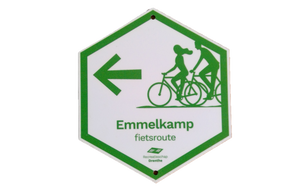

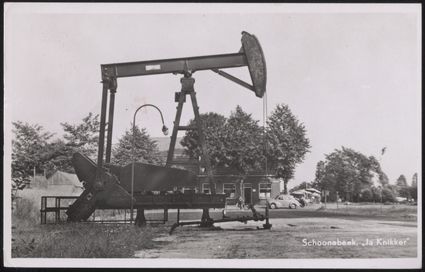

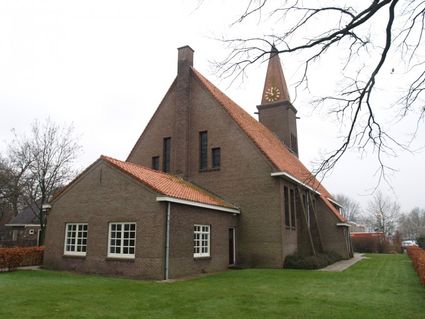

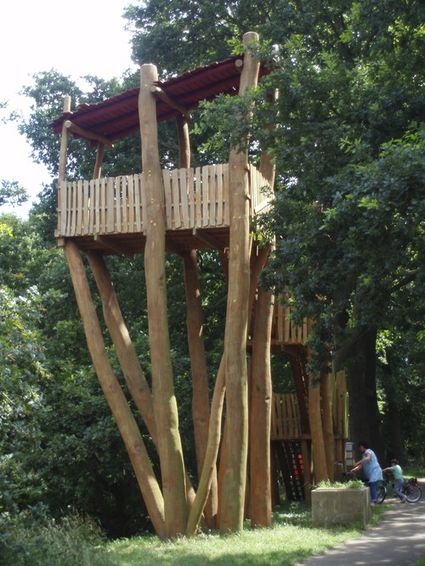
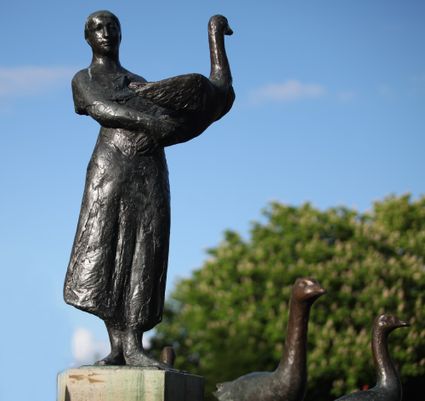
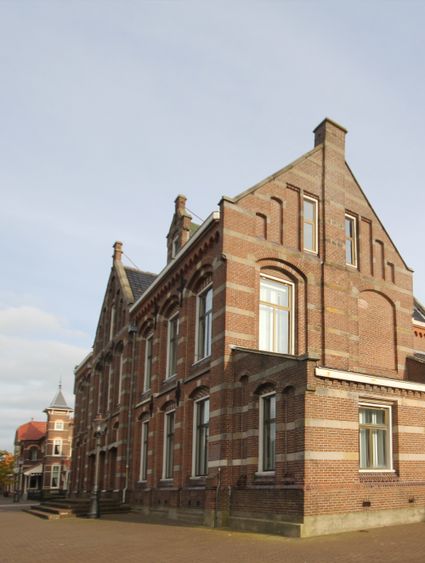
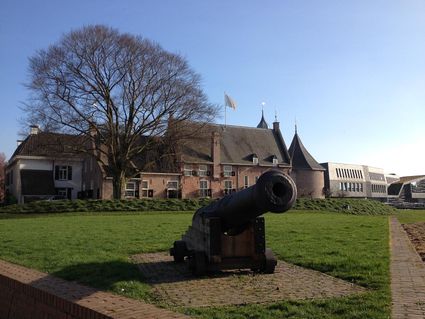
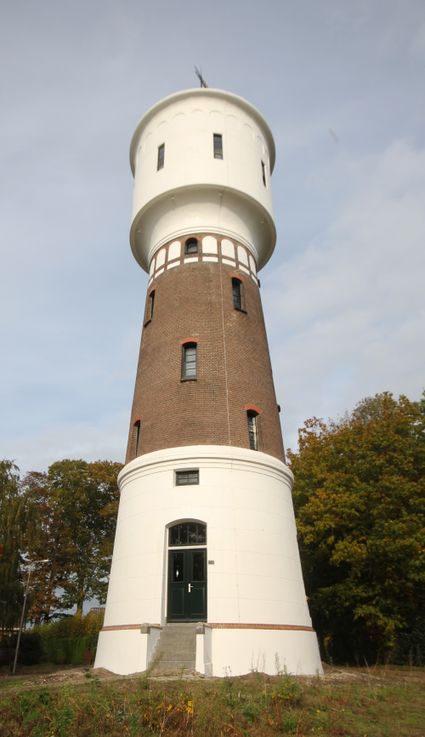
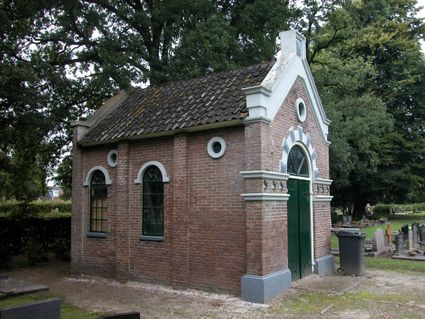
Like Norg, the village of Dalen has two mills. Mill De Bente is a production mill that became operational again in 1994. Open three days a week, the mill is run by an artisinal miller. There is a shop on the ground floor that sells a wide range of flours
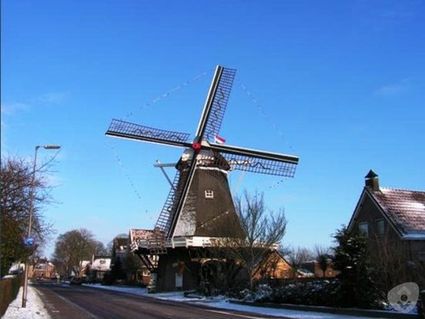
There is plenty of fun to be had at Plopsa Indoor Coevorden! Discover the magical world of Studio 100 at the most exciting indoor theme park in the Netherlands!

